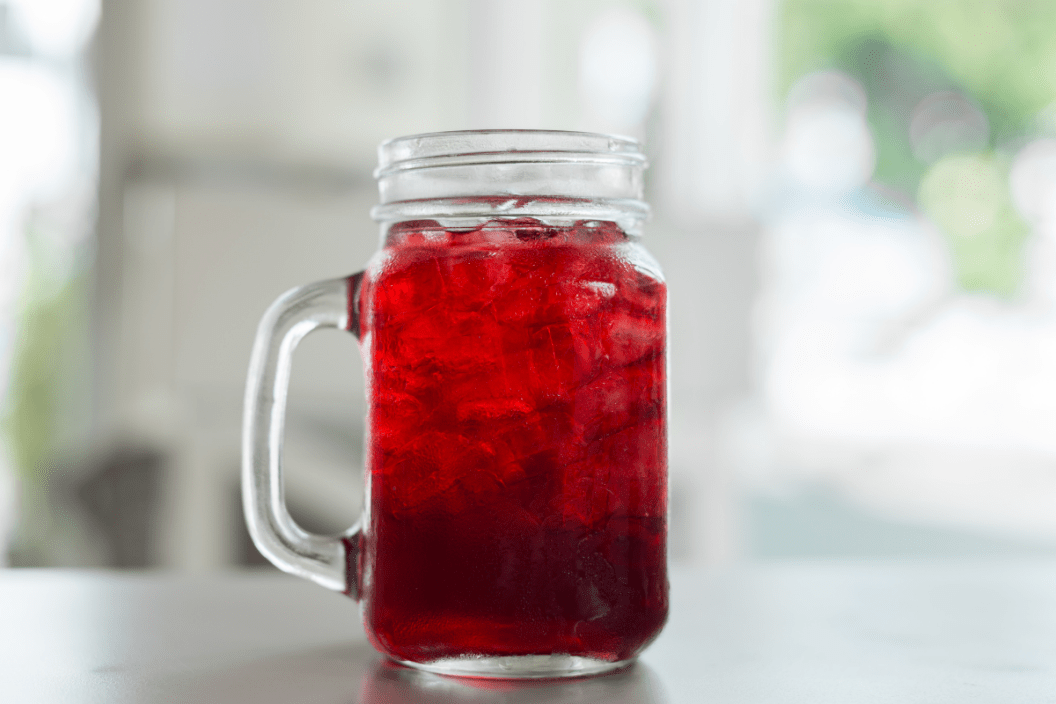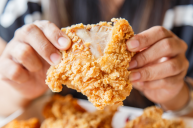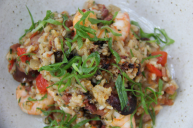June the Nineteenth became known as Juneteenth but it's also called Freedom Day. Not long after Memorial Day, Black Americans around the country hold Juneteenth gatherings to celebrate the Emancipation Proclamation. Many gatherings specifically include red drinks and red food, but why? Red drinks on Juneteenth are an older tradition than you might think.
On June 19, 1865, in Galveston Texas, Union General Gordon Granger read aloud the General Order No. 3. This document transmitted the news of the Emancipation Proclamation to the residents of Texas and freed all remaining enslaved people. It was already a month after the official end of the Civil War and two years after Abraham Lincoln signed the Emancipation Proclamation on New Year's Day in 1863. It was the final order in the end of slavery in the Confederacy. The proclamation declared "that all persons held as slaves" within the rebellious states "are, and henceforward shall be free."
Juneteenth is usually celebrated as a picnic or cookout with all the delicious food that goes with it. BBQ, fried chicken, collard greens, black-eyed peas, potato salad, and pitchers full of red drinks like red punch adorn tables around the nation. Millions of African Americans across the United States will commemorate the end of the slave trade and celebrate the strength and resilience of the African American people. One symbolic way to do that is by drinking red drinks that originated in West Africa.
According to Adrian Miller, leading soul food historian and James Beard Award-winning writer, red drinks marked special occasions back when Africans were free in their homelands of West Africa. These traditional red drinks were originally hibiscus tea and kola nut tea. When slavery began and people were sold or stolen from their homelands, they secretly held onto as many traditions as they could, including red drinks.
Hibiscus plants are native to West Africa. A tea called 'bissap' is made from hibiscus flower petals. As slavery spread throughout the Caribbean and Latin America, the hibiscus plant was cultivated outside of West Africa so this red drink could be made. In Jamaica, it's called Agua de Jamaica or Jamaica Water and can be found in American supermarkets even today.
Kola nut tea also originated in West Africa as a way to welcome guests. The kola nut can be chewed on as a natural stimulant. Kola nuts also eventually made their way across the Atlantic Ocean. The kola nut was used in the original 'medicinal' Coca-Cola recipe, along with coca leaf.
Early Juneteenth celebrations featured red lemonade that was colored with cherries and strawberries. When artificial food coloring was invented, carbonated red soda joined the menu. Strawberry soda and red root beer is often seen on picnic tables. Red foods like red velvet cake, strawberry pie, fresh strawberries, watermelon, and red tinged BBQ sauces became part of the celebration.
So the use of the color red in food and drink goes deep in tradition and commemoration of a painful time in America's history. The proud celebration of Juneteenth is gaining popularity and now we all know a little more about its importance and origins. The next time you enjoy a red drink on Juneteenth, remember its West African roots.
Watch: Costco Hot Dogs Are an American Icon




